[K-OS] Knot Online Seminar
[K-OS] is an online research seminar which focuses on knot
theory and low-dimensional topology. Talks will be delivered
by authors of recent arXiv articles of significant interest.
It happens the 3rd Thursday of every month
from 16:15 to 17:15
(
CET/CEST Berlin,
Brussels, Madrid, Paris, Rome, Vienna, Warsaw, Zurich)
on
Zoom.
It is organized by
Alexandra
Kjuchukova,
Lukas
Lewark,
Delphine
Moussard
and
Emmanuel
Wagner.
It benefits from logistical support from
the
CNRS, the university
of
Paris and the
ETHZ.
If there is a recent arXiv preprint which you would like to see featured on the seminar, please email the organizers with your suggestion.
The K-OS talks are also listed in a
Google Calendar.
Forthcoming Talks
July / August 2025
18 September 2025

